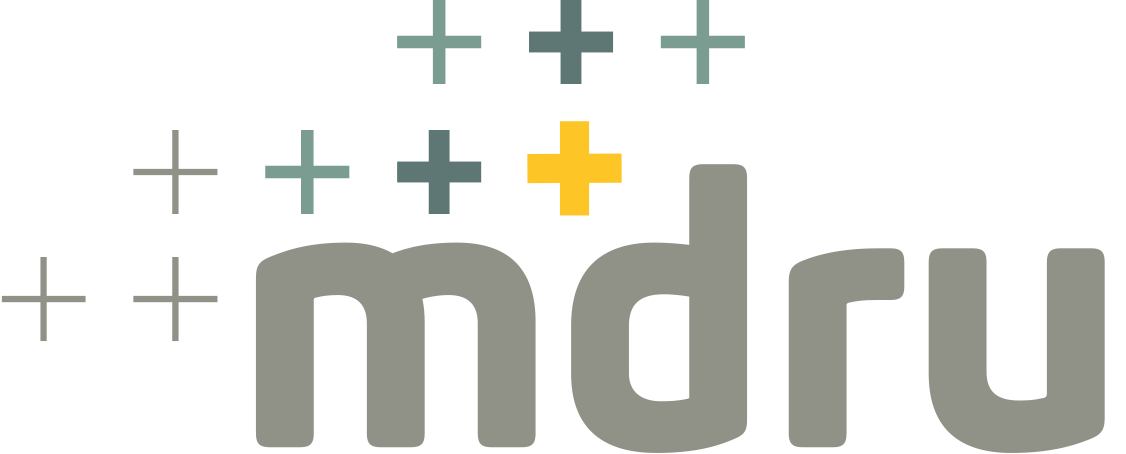Project Information
- Ore Deposit: Porphyry
- Commodity: Copper, Gold, Molybdenum
- Research Themes: Exploration Methods
- Location: British Columbia
- Project Status: Completed
Geochemistry of surficial materials is an effective method for the the exploration and discovery of British Columbia (BC) porphyry deposits but is fraught with challenges in areas of cover that conspire to diminish success. Porphyry systems are invariably diverse and their surficial geochemical responses and signatures (tenor, patterns, trends) can vary considerably over large areas. Post-mineralization dispersion of surficial materials by glacial, alluvial and mass-wasting processes further diffuses the signal. Additionally, the pedogenic processes involved in soil formation, such as oxidation, bio- and cryoturbation, leaching and hydromorphic dispersion, further contribute to modifying the geochemical signal and patterns. This Geoscience BC sponsored project project provides empirical examples of the surficial geochemical datasets for BC porphyry deposits.
This Geoscience BC–sponsored MDRU research project aims to create a framework to considerably expand on the conceptual models presented by Bradshaw (1975), by providing an abundance of spatially enabled data that can contribute toward the development of real and constrained,
empirically defined geochemical-exploration models for BC porphyry deposits in various surficial environments.
The purpose of this project and these results is to provide the mineral-exploration community with easy access to surficial geochemistry data and related information that facilitates exploration and discovery of BC porphyry deposits. For a selected group of porphyry deposits, geochemical information available in print form has been compiled, digitized and updated to meet modern geospatial standards, and paired with spatial datasets related to the physiographic setting, glacial history, surficial materials and other geological factors that may influence geochemical distributions. Examples of how such data can be utilized to understand the importance of surficial process, terrain and climate in modifying the geochemical signals are provided in Blaine and Hart (2012).
Publications
Surficial Geochemical Exploration Data for British Columbia Porphyry Copper Deposits
F.A. Blaine, C.J.R. Hart and S. Jenkins, Geoscience BC Report 2016-15
The project provides the mineral-exploration community with easy access to surficial geochemistry data and related information to facilitate exploration and discovery of BC porphyry deposits. For a selected group of 15 porphyry deposits, geochemical information available in print form has been compiled, digitized and updated to meet modern geospatial standards, and paired with spatial datasets related to the physiographic setting, glacial history, surficial materials and other geological factors that may influence geochemical distributions. These data packages are presented as 15 self-extracting data archives in ArcGIS .mpk map package format that allow the user a high degree of flexibility to visualize the data with their own constraints. Users can thus visually and mathematically interrogate data to reveal relationships within the datasets, and potentially develop new models of geochemical dispersion in post-glacial environments. Examples of how such data can be utilized to understand the relative importance of surficial processes, terrain and climate in producing modern geochemical signals in these types of environments are briefly discussed.
Blaine, F.A. and Hart, C.J.R., 2012. Geochemical-exploration models for porphyry deposits in British Columbia; in Geoscience BC Summary
of Activities 2011, Geoscience BC, Report 2012-1, p. 29–40.
Hart, C.J.R. and Jenkins, S., 2017. Surficial geochemical map packages for British Columbia porphyry systems; in Geoscience BC Summary
of Activities 2016, Geoscience BC, Report 2017-1, p. 159–164.



